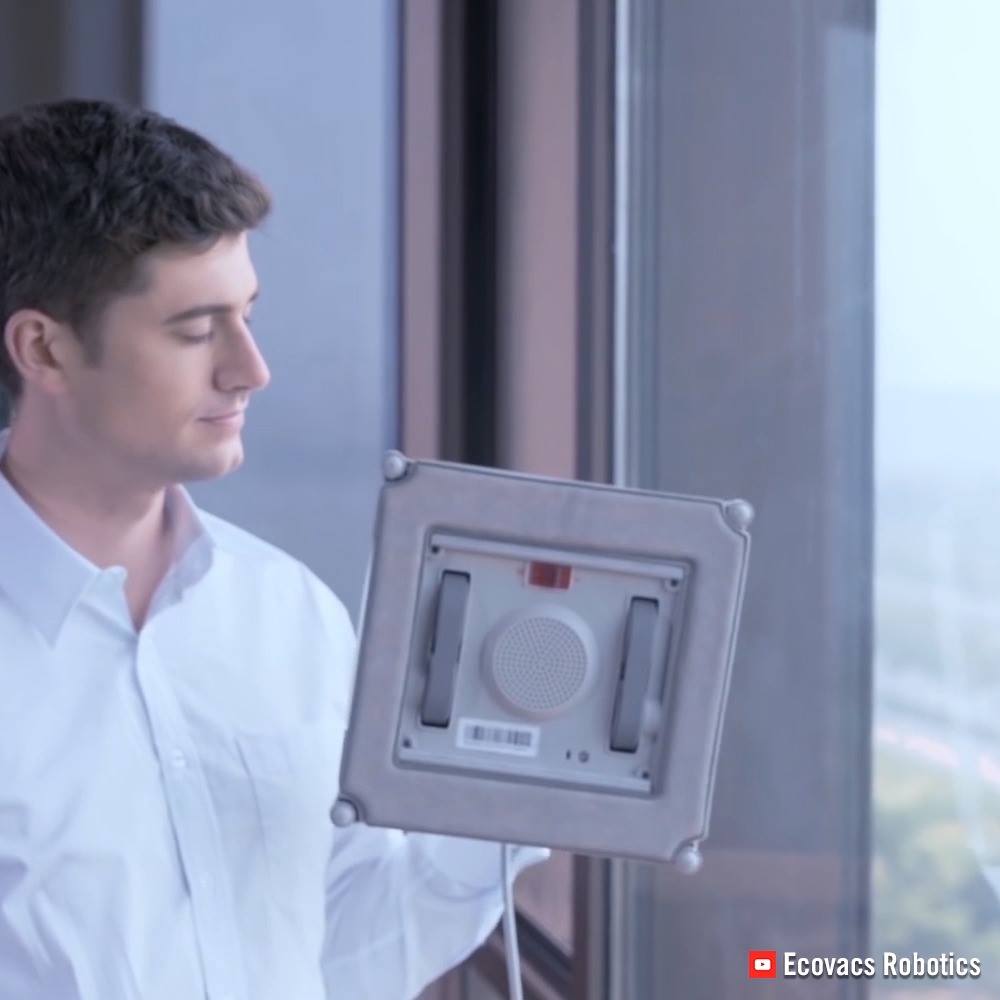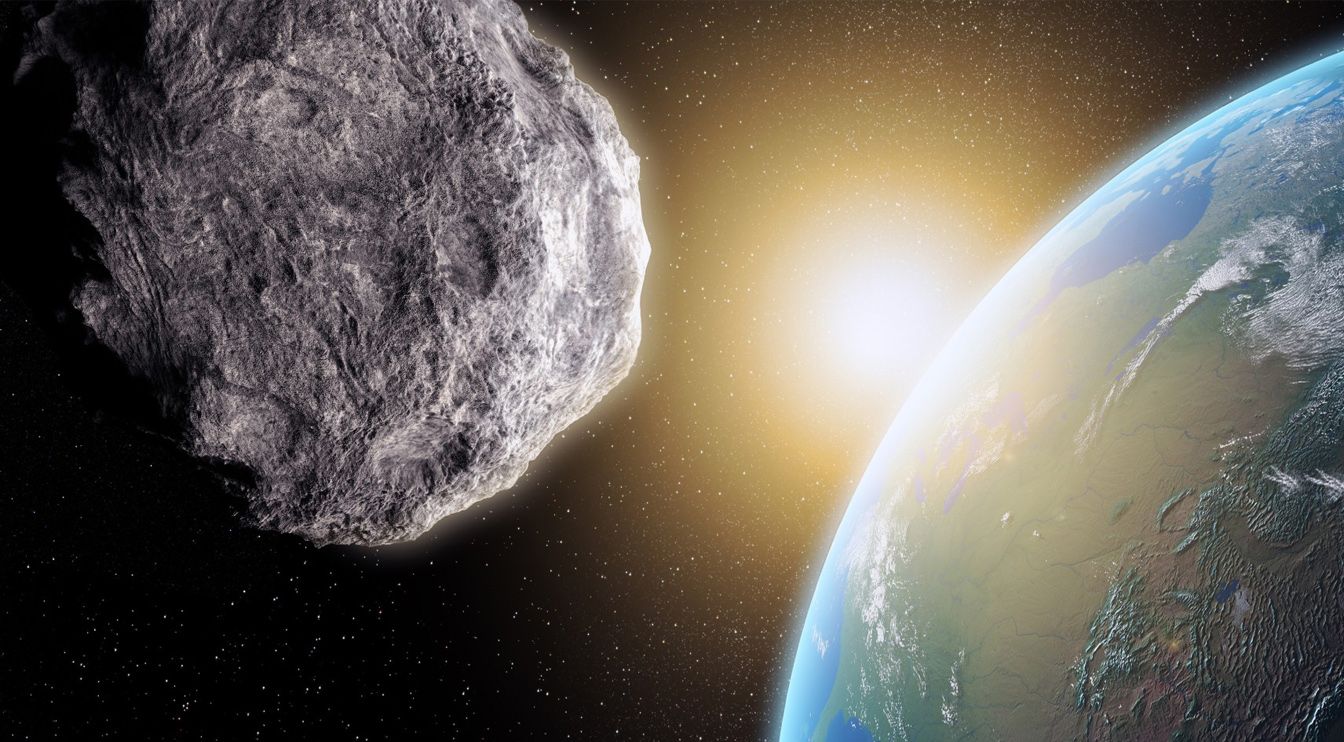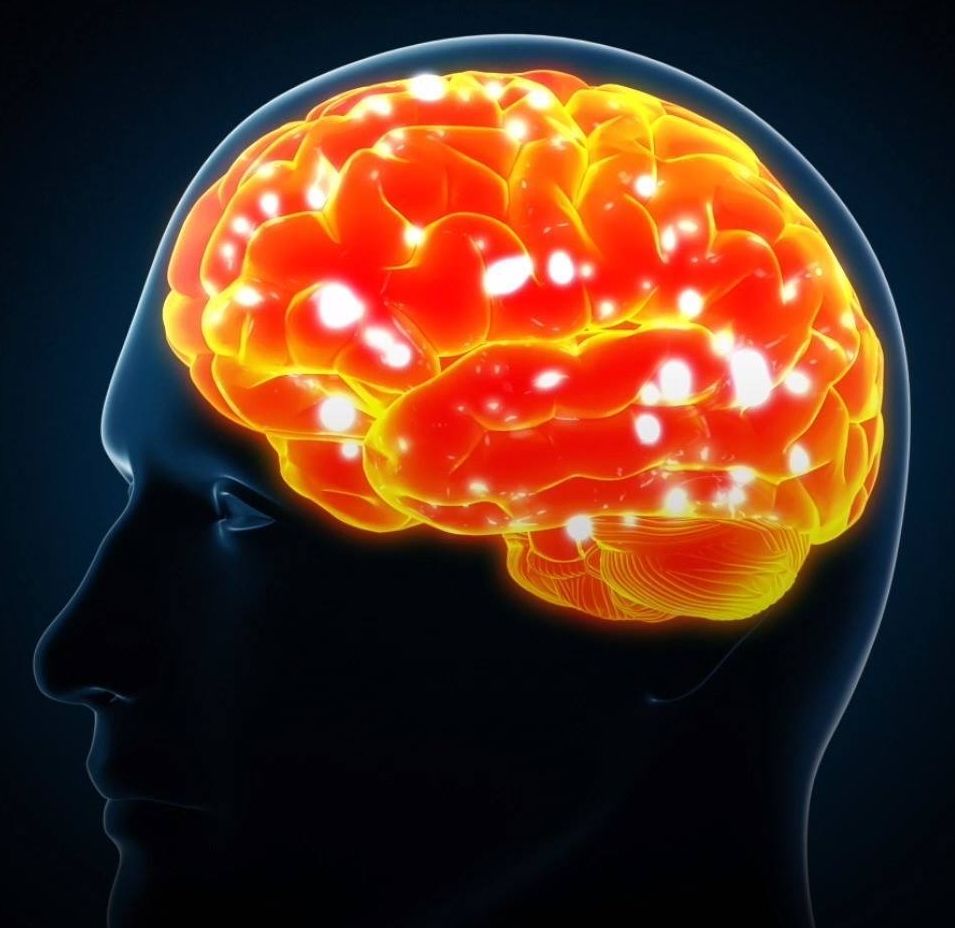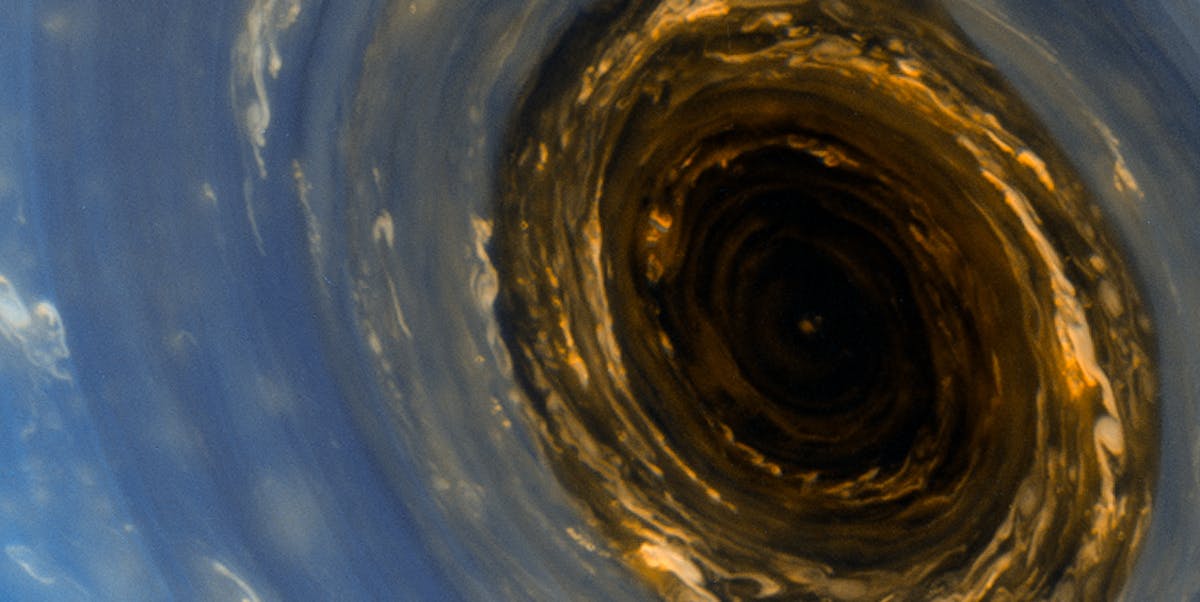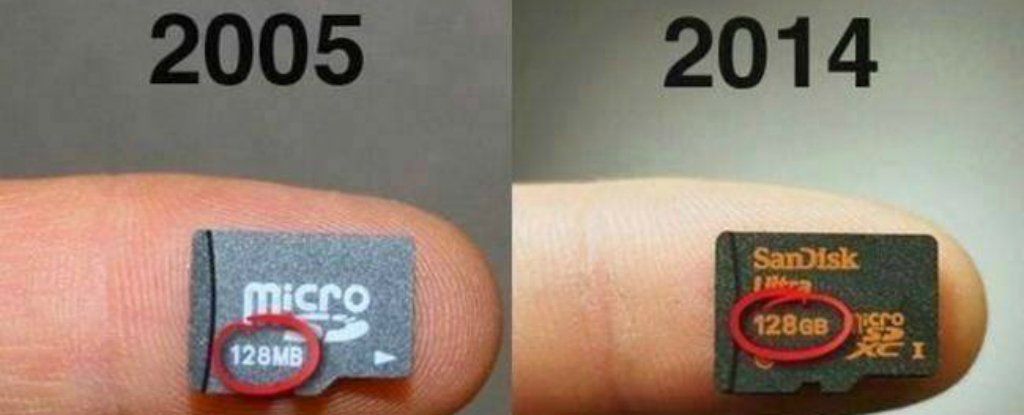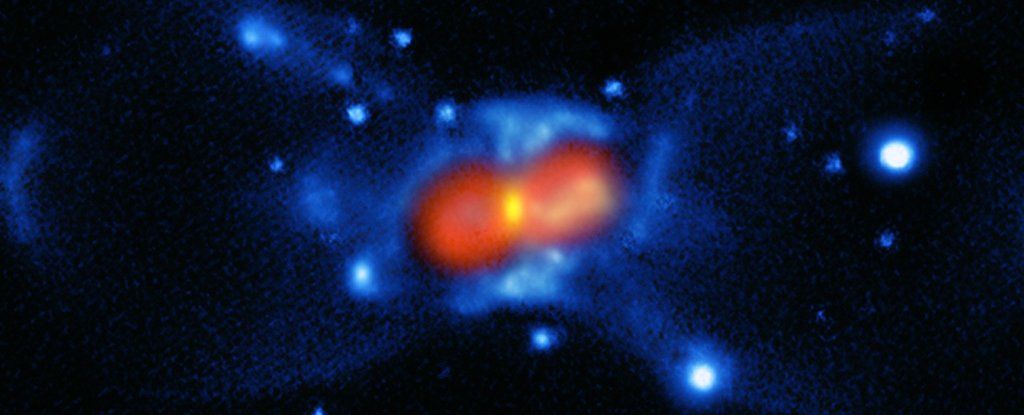Page 9325
Jul 30, 2018
Chinese Scientists Want to Capture a Small Asteroid and Land it on Earth
Posted by Shailesh Prasad in categories: robotics/AI, space
Space agencies have successfully studied asteroid and comets up close on several occasions, but capturing one for mining is also in the works. A group of Chinese scientists is looking to go a step further. Their ambitious plan involves not just capturing an asteroid, but bringing it down to the surface of Earth for study and mining.
This does sound pretty crazy on the face of it, but researchers from the National Space Science Center of the Chinese Academy of Sciences say it’s feasible. Researcher Li Mingtao and his team presented the idea at a conference to explore ideas for future technology in Shenzhen. Li says that the mission could focus on asteroids that cross Earth’s orbit, which could make them a potential hazard in the future. The Chinese plan could turn a hazard into a new source of rare materials.
The asteroids targeted by this project would be on the small side — probably just a few hundred tons. The first step is to send a fleet of small robotic probes to intercept the space rock. Then, they would deploy a “bag” of some sort that covers the asteroid, allowing the robots to slowly alter its course and steer it back to Earth.
Continue reading “Chinese Scientists Want to Capture a Small Asteroid and Land it on Earth” »
Jul 30, 2018
DARPA pushes for AI that can explain its decisions
Posted by Shailesh Prasad in categories: innovation, robotics/AI
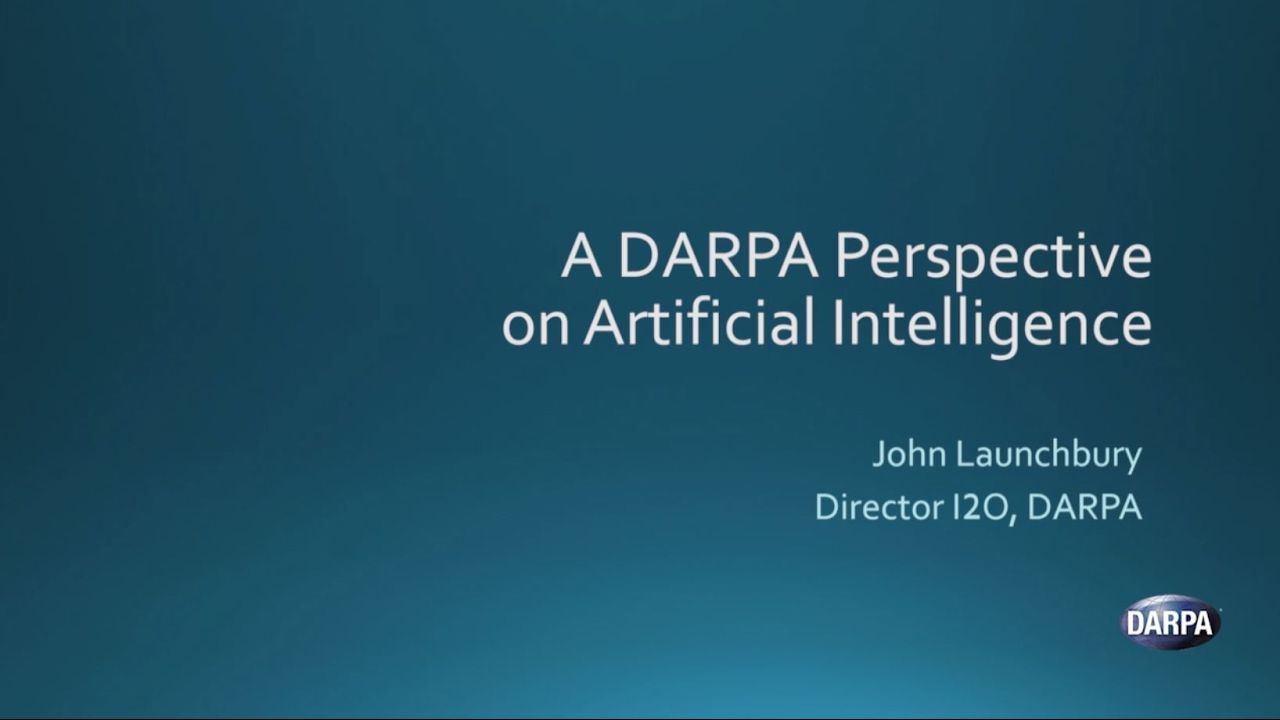
Companies like to flaunt their use of artificial intelligence to the point where it’s virtually meaningless, but the truth is that AI as we know it is still quite dumb. While it can generate useful results, it can’t explain why it produced those results in meaningful terms, or adapt to ever-evolving situations. DARPA thinks it can move AI forward, though. It’s launching an Artificial Intelligence Exploration program that will invest in new AI concepts, including “third wave” AI with contextual adaptation and an ability to explain its decisions in ways that make sense. If it identified a cat, for instance, it could explain that it detected fur, paws and whiskers in a familiar cat shape.
Importantly, DARPA also hopes to step up the pace. It’s promising “streamlined” processes that will lead to projects starting three months after a funding opportunity shows up, with feasibility becoming clear about 18 months after a team wins its contract. You might not have to wait several years or more just to witness an AI breakthrough.
Continue reading “DARPA pushes for AI that can explain its decisions” »
Jul 30, 2018
Our Brain Waves Can Be Transmitted By Electrical Fields
Posted by Shailesh Prasad in category: neuroscience
Jul 30, 2018
If you’re scared of needles, this is for you!
Posted by Shailesh Prasad in category: futurism
Jul 30, 2018
Hubble Snapped Exquisite Photos of Mars and Saturn as They Passed Earth
Posted by Shailesh Prasad in category: space
Well lit and close to Earth this summer, Mars and Saturn got the crisp glamor shots that they so richly deserve, courtesy of the Hubble Space Telescope.
On June 27, Saturn’s orbit brought it into opposition with the Earth, meaning that the two planets were fully aligned with the sun, and as a consequence Saturn could reflect a maximum amount of sunlight back towards Earth. Hubble — NASA’s cheeky interstellar paparazzo and a non-sentient satellite containing imaging hardware — observed the planet on June 6, 2018, while it was about 870 million miles from Earth.
Due to Saturn’s tilt toward the Earth at this moment in its orbit, Hubble was able to very clearly image all of the bands and gaps that comprise Saturn’s rings: Moving inward from the outermost ring, these are known as the A ring, the Encke Gap, the Cassini Division, the B ring, and the C ring with the Maxwell Gap.
Continue reading “Hubble Snapped Exquisite Photos of Mars and Saturn as They Passed Earth” »
Jul 30, 2018
These 9 Incredible Images Are a Mind-Boggling Remind of How Far Technology Has Come
Posted by Shailesh Prasad in categories: computing, internet, mobile phones, quantum physics
Sometimes, while waiting for quantum computers to become a thing, or complaining that your stupid laptop keeps dying on 5 percent battery, it’s easy to forget just how far technology has come over the past 50 years.
Sure, we can all list off a whole bunch of innovations that have changed the way the world works — the Internet, smartphones, radio telescopes — but it’s hard to really put that kind of change into perspective.
Thankfully, pictures often speak louder than words, and so below are nine photos that’ll make you stop and raise your *praise hand* emojis to the sky in honour of the scientists and engineers that have got us where we are today.
Jul 30, 2018
A Case for Neural Augmentation
Posted by Shailesh Prasad in categories: biotech/medical, computing, engineering, neuroscience
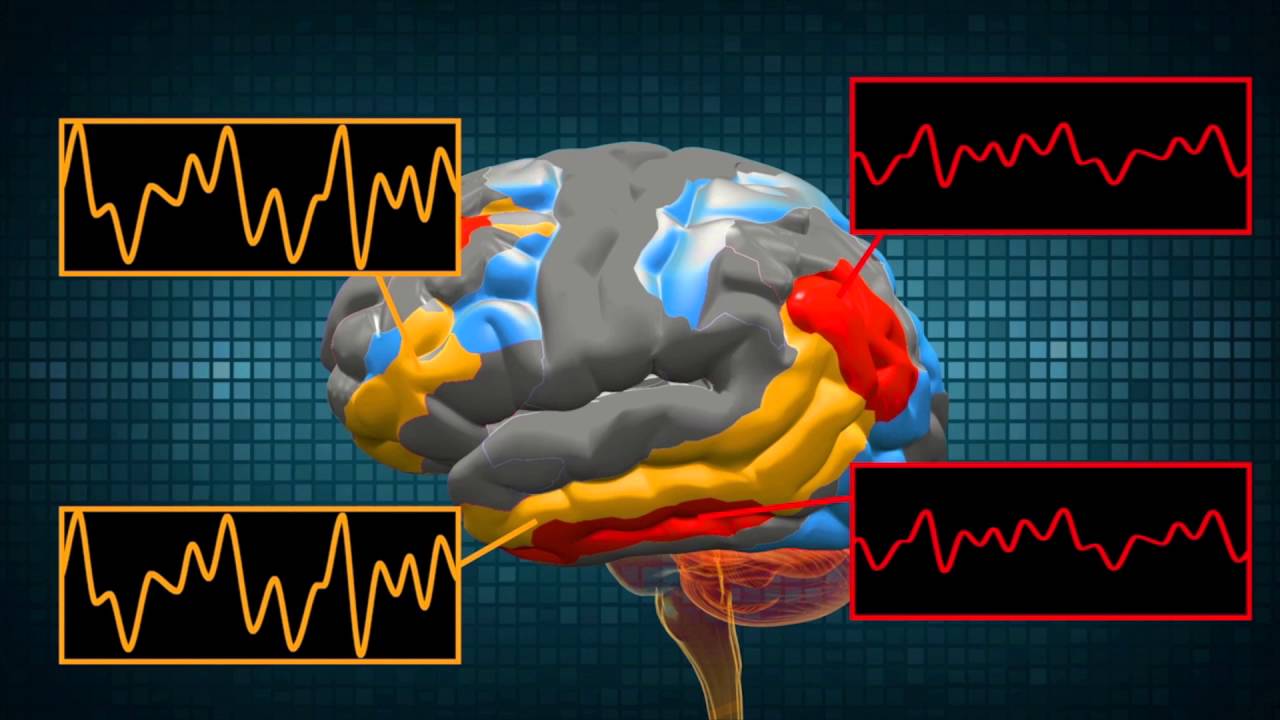
Hopefully in the future, when somebody tells you they will be making an appointment with a surgeon for an augment, they will come back smarter. The world will be a better place for it.
Reprinted with permission from the author.
Jul 30, 2018
Astronomers Have Made The First Detection of a Radioactive Molecule in Space
Posted by Shailesh Prasad in category: space
After a long search, a cosmic mystery has an answer. Astronomers have made the very first unambiguous detection of a radioactive molecule in space — an isotope of aluminium, found in the heart of a rare nova.
Scientists have long been searching for 26 AlF — or Aluminium monofluoride — containing 26 Al, but a direct observation has been exceptionally illusive.
We’ve known about the presence of 26 Al in space for decades. In 1984, NASA’s HEAO 3 satellite data was used to identify gamma-ray radiation originating from the beta decay of the isotope. According to these observations, there’s roughly two solar masses of 26 Al in the Milky Way.
Continue reading “Astronomers Have Made The First Detection of a Radioactive Molecule in Space” »
